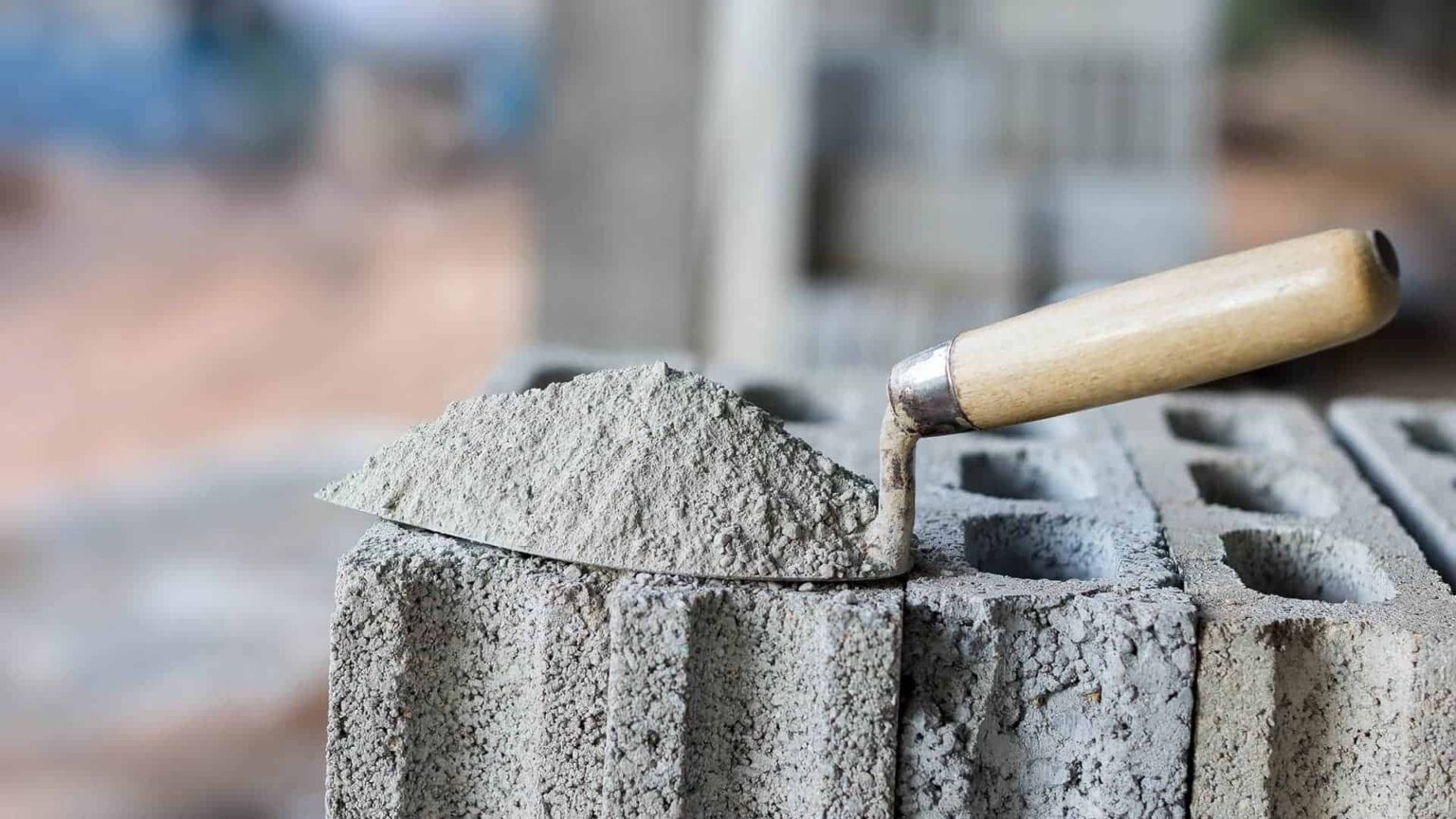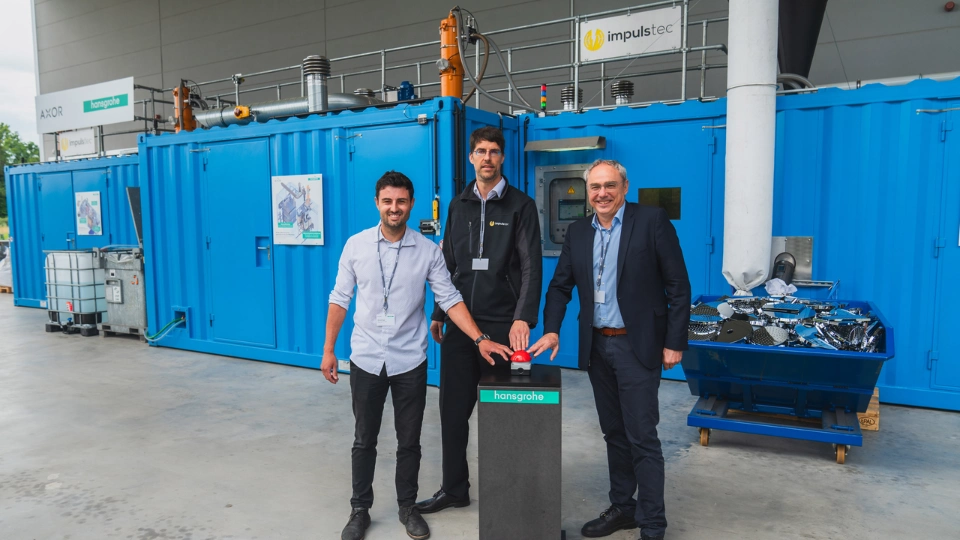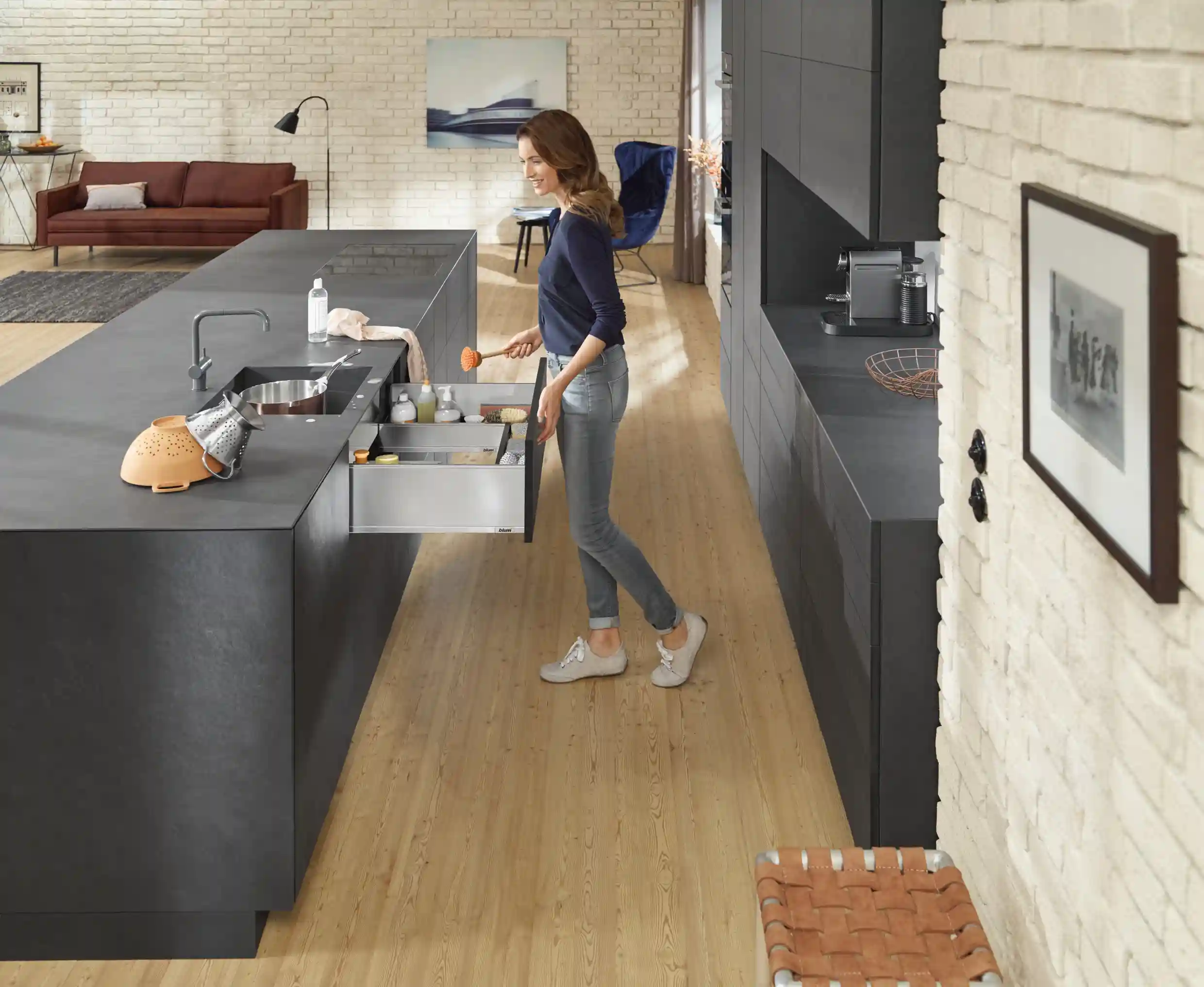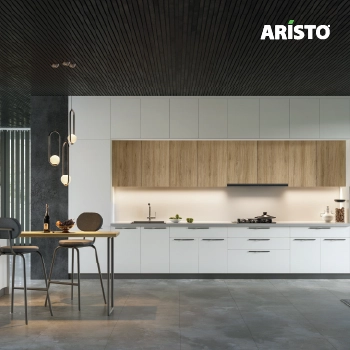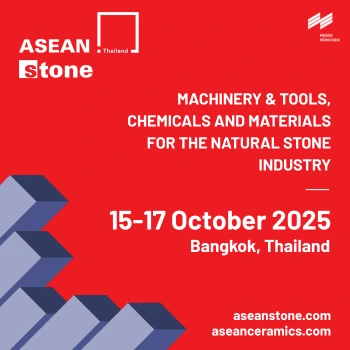Cement is used as a primary binding agent in construction projects. Due to its adhesive properties, it is used as a key ingredient in mixing concrete and mortar. Water is mixed with it to form a paste that binds construction materials together. With rapidly evolving cities looking to accommodate a growing population, construction projects, be it residential or commercial, are on the rise. In this article, we will talk in detail about the different types of cement, their uses, selection criteria, cement grade variety and answer popular FAQs.
Contents
- 1 Types of cement and their application
- 1.1 Ordinary Portland Cement
- 1.2 Portland Pozzolana Cement
- 1.3 Portland Slag Cement
- 1.4 White Cement
- 1.5 Rapid Hardening Cement
- 1.6 Low Heat Cement
- 1.7 Blast Furnace Slag Cement
- 1.8 High Alumina Cement
- 1.9 Coloured Cement
- 1.10 Expansive Cement
- 1.11 Air Entraining Cement
- 1.12 Quick Setting Cement
- 1.13 Sulphate Resisting Cement
- 2 Selecting the ideal cement for your project
- 3 Types of cement grades
- 4 FAQs
- 5 Top 14 cement companies in India | Best cement brands & manufacturers
Types of cement and their application
Ordinary Portland Cement
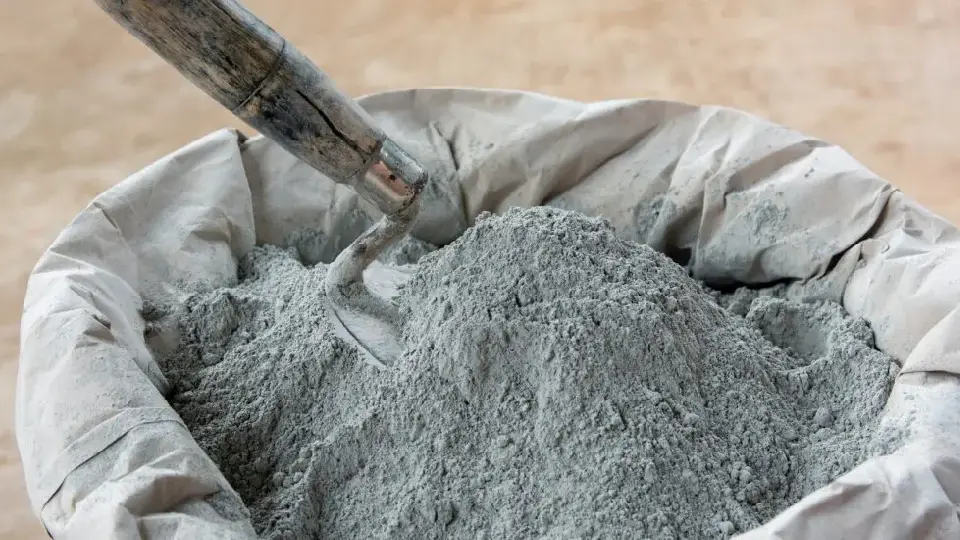
Image Source: Permutrade.com
OPC is the most commonly used cement type in India, made by grinding together clinker and gypsum. It has high compressive strength, due to which it is ideal for general concrete construction projects. It is classified into three grades on the basis of compressive strength – 33, 43 and 53.
Portland Pozzolana Cement

Image Source: Bricknbolt.com
PPC manufacturers blend gypsum, Portland cement clinker, and pozzolanic materials such as fly ash to make PPC cement. When compared to OPC, PPC shows more resistance to chemical reactions happening within concrete. Therefore, it is used for dams, bridges, marine structures, sewage works or underwater projects. It is also regarded as eco-friendly because of its low carbon monoxide emission.
Portland Slag Cement

Image Source: Bricknbolt.com
PSC is formed by grinding together slag, gypsum, and cement clinker. This enhances its overall strength, workability and durability. As a result, people most commonly use it in the construction of marine structures. This type of cement is also resistant to sulfate and chloride attacks.
White Cement
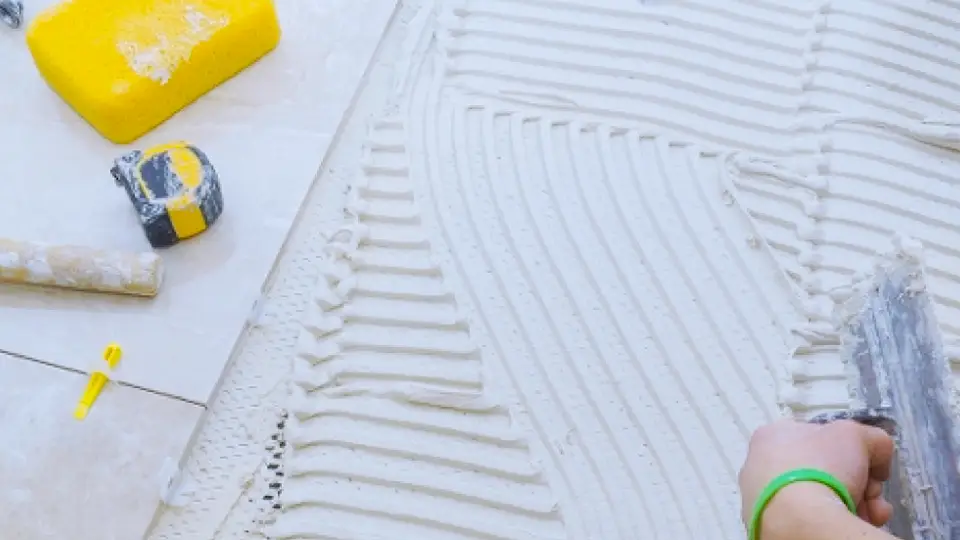
Image Source: Swadigroup.co.in
This kind of cement primarily serves decorative applications that require a clean and polished aesthetic. It is made by using low-iron-content raw materials such as kaolin clay, limestone and gypsum that give it that distinct white colour. It is comparatively more expensive.
Rapid Hardening Cement
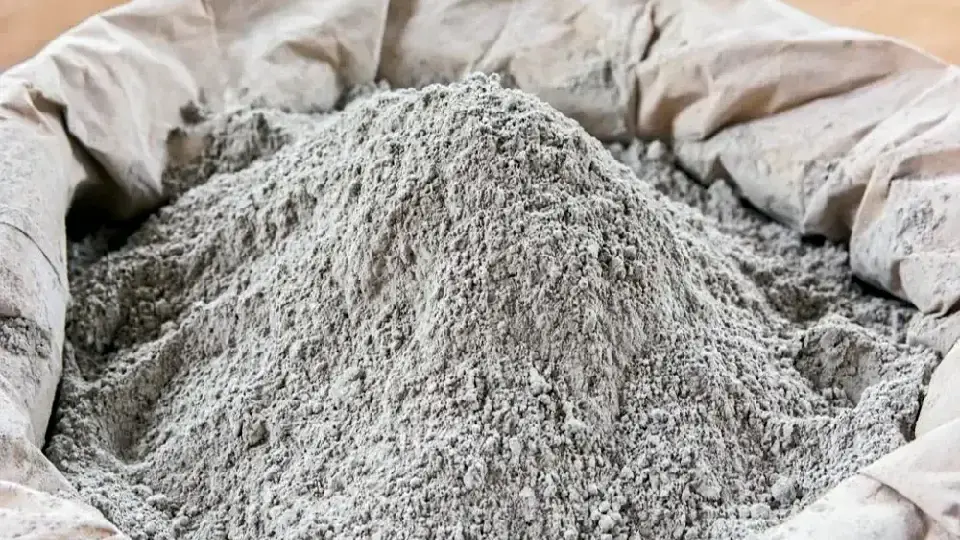
Image Source: Indiamart.com
Rapid Hardening Cement achieves high strength in a comparatively shorter curing time. For example, with the same water-to-cement ratio, its strength within three days is equal to the strength of OPC at seven days. Therefore, people working on construction projects requiring quick repair or building work utilize it.
Low Heat Cement
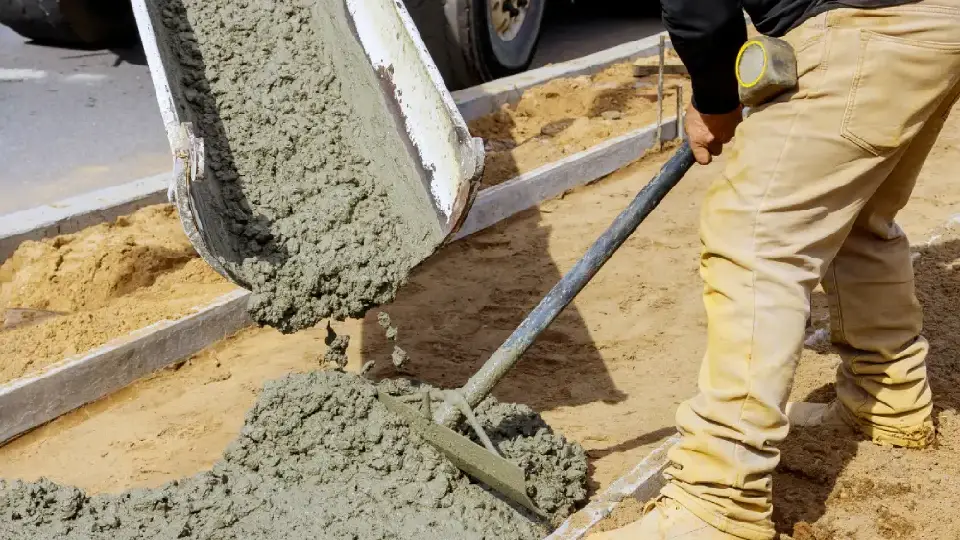
Image Source: Bricknbolt.com
To manufacture low-heat cement, manufacturers keep the percentage of tricalcium below 6% by increasing C2S during production. This makes the concrete produce low heat of hydration, which reduces the risk of thermal cracking. Therefore, it is often used in massive infrastructure projects where the structural integrity of the project can be affected by temperature differentials.
Blast Furnace Slag Cement
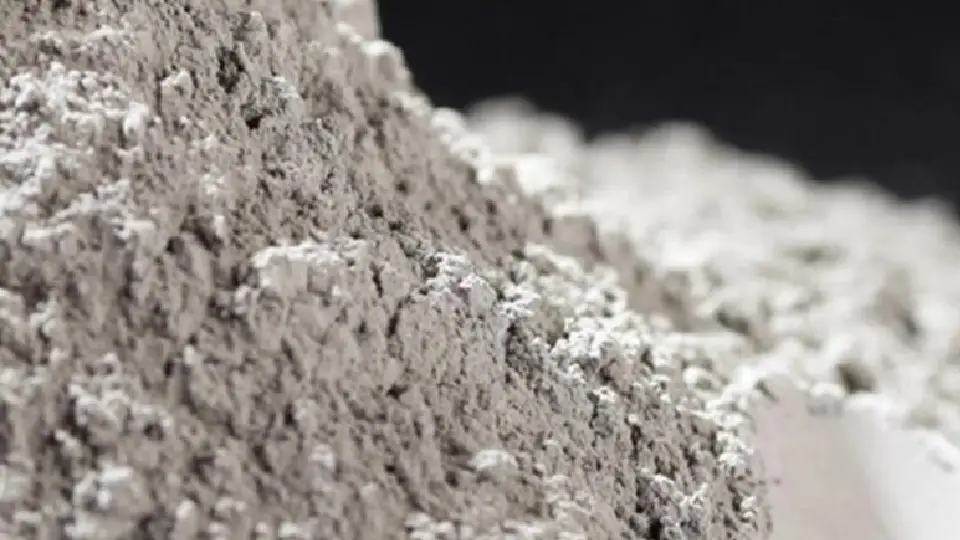
Image Source: Cement-plants.com
Manufacturers produce Blast Furnace Slag Cement by grinding clinkers with 60% slag. This type of cement has similar properties to Portland cement. It offers low heat of hydration, resistance to sulphate attacks and durability. Therefore, it is suitable for applications where structures require superior strength.
High Alumina Cement
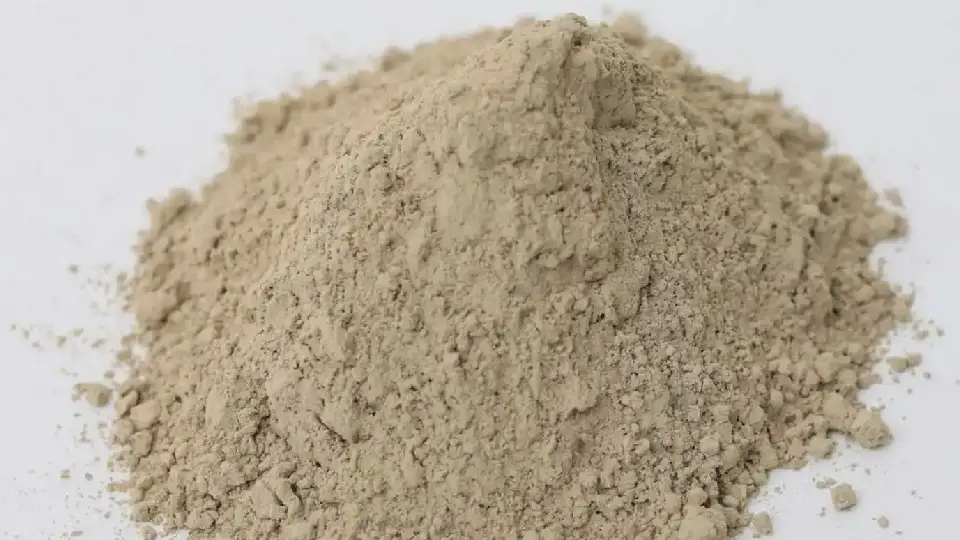
Image Source: Civilengineerdk.com
High Alumina Cement is made by melting bauxite and lime and grinding it with clinker. It is a rapid hardening cement with an initial setting time of 3.5 hours and a final setting time of 5 hours. Its high compressive strength makes it suitable for specialized applications like refractory construction.
Coloured Cement
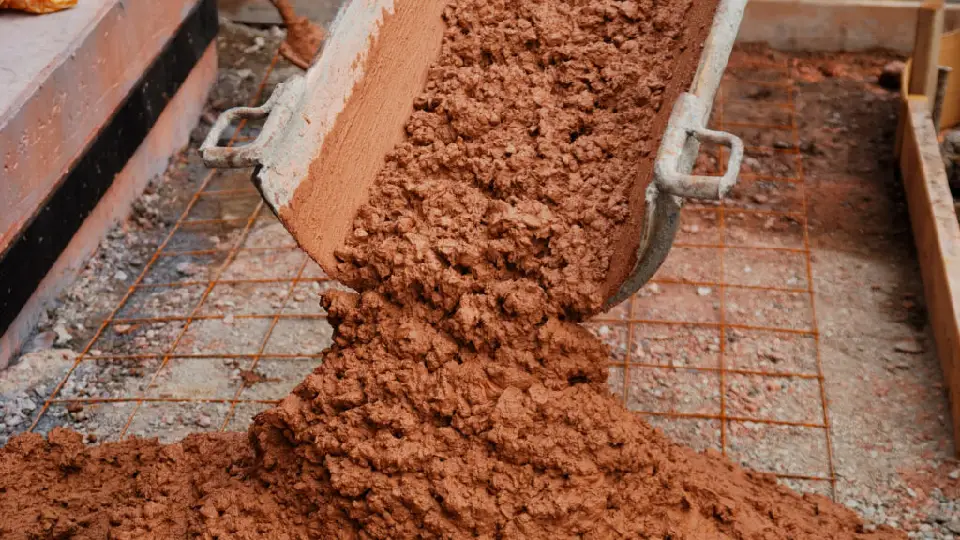
Image Source: Dufferinconcrete.ca
Coloured cement is a mixture of Portland cement with 5-10% mineral pigments that create a wide range of colours. People generally use this type of cement for decorative applications.
Expansive Cement

Image Source: Timesproperty.com
Expansive cement counteracts the shrinking of concrete that happens during the setting and hardening phase. It expands a little with time and does not shrink after hardening. This type of cement has several uses, including prestressed concrete ducts and grouting anchor bolts.
Air Entraining Cement
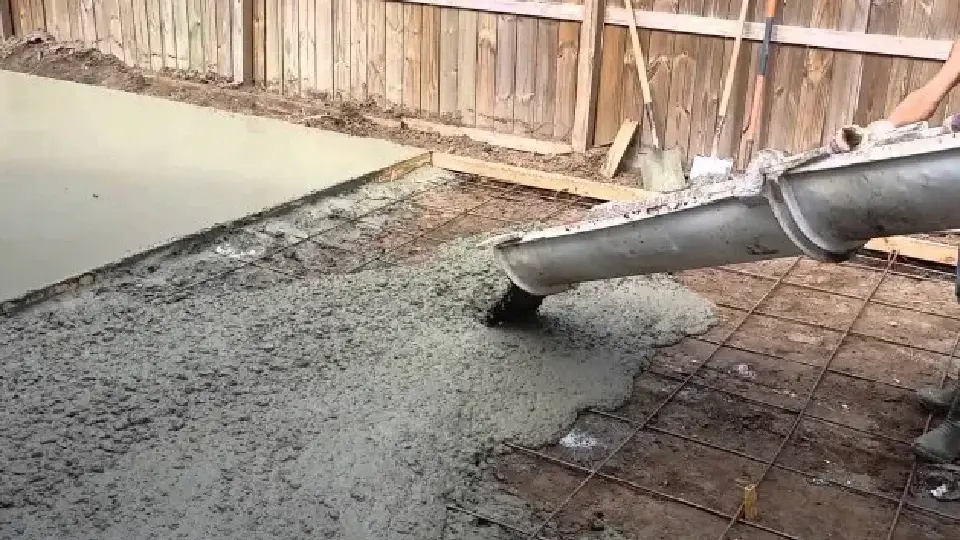
Image Source: Theconstructor.org
It contains air-entraining agents that create microscopic air bubbles in the concrete mixture. It is a hydraulic cement type that consumes less water to make it workable. Therefore, the main applications of this cement variety include bridges, buildings, and pavements.
Quick Setting Cement
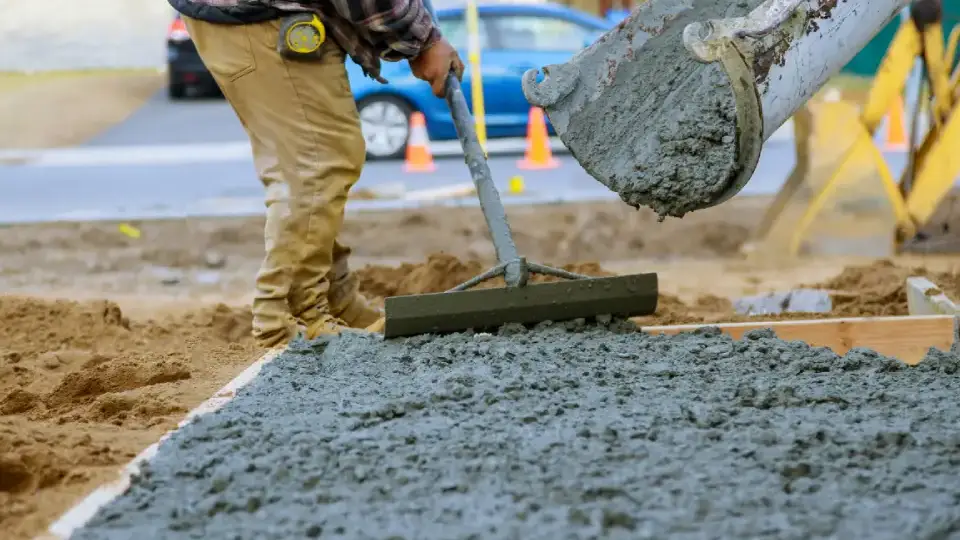
Image Source: Bricknbolt.com
While Quick Setting Cement is similar to rapid hardening cement, it has a quicker setting time. Also, it gains strength within a shorter time period. It is used in projects that need to be completed in a short period of time.
Sulphate Resisting Cement
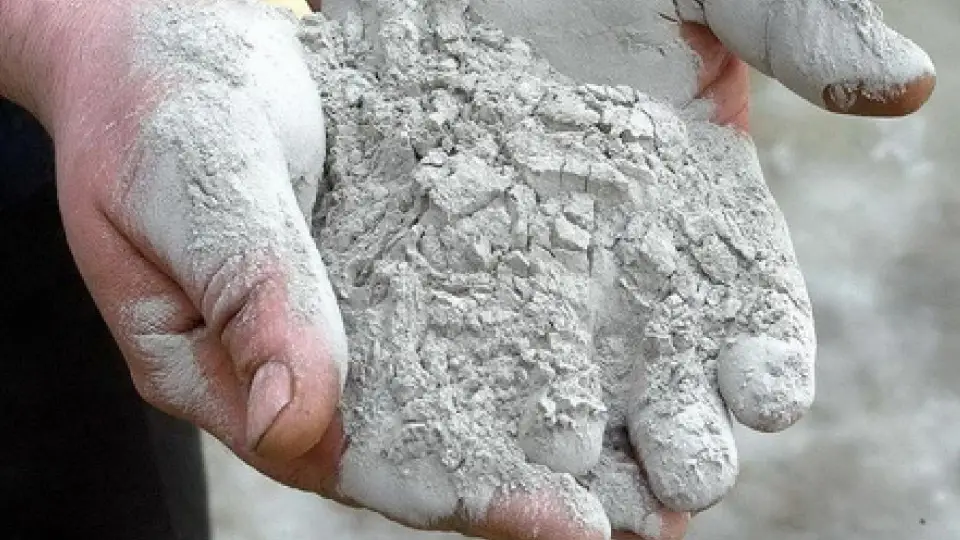
Image Source: House.techinfus.com
SRC is manufactured by blending silica, alumina, iron oxide and calcareous and argillaceous materials. These materials have a natural resistance to sulphides. As a result, this type of cement is used in areas that have a high sulphide content.
Selecting the ideal cement for your project
- Cement type: Understand the different types of cement, their uses, strength, curing time and other properties to ensure that you select the right fit for your project.
- Location & climate: The local climatic conditions influence the quality of cement and the durability of the resulting structure. Therefore, for hot and dry regions, PPC is a better option. While in areas with high rainfall, you should go for SRC.
- Construction type: The choice of cement may vary based on the type of construction project. Commercial, residential and infrastructure projects require different types of cement.
- Budget: Higher grade cements are more expensive, but they can reduce maintenance costs. Therefore, it is important to choose the kind of cement based on your budget but keeping in mind the long-term costs of the same.
- Brand reputation: Renowned brands like Ultratech Cement, Ambuja Cement, etc., have a track record of great customer support and consistent quality, which makes it an important point to consider.
Types of cement grades
- 33 grade: It comes with a minimum compressive strength of 33 N/mm2 or MPa after 28 days. The main applications include general construction projects which require moderate strength. This cement grade type is suitable for masonry, flooring, non-structural works and plastering. OPC 33 grade has a fineness of 225 m2/kg.
- 43 grade: It has a compressive strength of 43 MPa after 28 days. This makes it a great option for load-bearing applications such as reinforced concrete structures and precast concrete elements. It is popularly used in construction projects that require greater strength as it can withstand higher stress and provide better durability. It has a fineness of 225 m2/kg.
- 53 grade: With a minimum compressive strength of 53 MPa at 28 days, this cement grade type is ideal for construction applications requiring high strength. Therefore, it is generally used in the building of long-span structures such as high-rise buildings, bridges, infrastructure projects and heavy-duty industrial structures that demand extraordinary strength and durability.
FAQs
How is cement made?
Cement manufacturing starts with mining and preparing raw materials like clay and limestone. Then, they are ground into a fine powder known as raw meal. The system then transfers this raw meal to a kiln, where it heats up to temperatures as high as 1450°C.
What’s the relation between concrete and cement?
Cement is a fine binding powder and a vital ingredient of concrete. Generally, it makes up to 10-15 per cent of concrete mix. Concrete is a versatile construction material that is made by mixing cement with water and other aggregates.
What are the properties of cement?
- Fineness: The size of the particles of cement.
- Soundness: The ability to resist shrinking as it hardens.
- Strength: Its compressive, flexural and tensile strength.
- Setting time: The time taken to completely solidify.
- Loss of ignition: It is the loss of weight upon heating.
- Bulk density: Mass per unit of cement in a definite volume.
- Specific gravity: It is the ratio of mass of cement to the mass of any reference material.
How is OPC made?
OPC is made by heating clay minerals and limestone in a kiln to form clinker. This clinker is then grinded with the addition of gypsum. This variety of cement is generally more expensive because its production process is more energy intensive.
Explain the difference between 43 grade and 53 grade cement?
The key difference between 43 grade and 53 grade cement is their compressive strength. 53-grade cement has a compressive strength of 53 MPa after 28 days, while 43-grade cement has a compressive strength of 43 MPa after the same number of days. This makes the 53 grade stronger.
What are the applications of 43-grade cement?
Main applications of 43-grade cement include general construction projects such as residential buildings, flooring, plastering, masonry, pathways, brickwork, finishing of buildings, bridges, roads and structures that retain water. It also suits applications where workability and moderate strength are sufficient.
Is cement waterproof?
No, generally, it is not waterproof. It is a porous material that allows the penetration of water. However, it is possible to make cement water resistant by using a certain variety of cement and applying surface coatings or mixing admixtures to reduce porosity.
Different types of cement have different uses and properties. This makes selecting the right variety of cement a challenge. For this reason, it is vital to understand each variety of cement along with factors like project type, climate, budget, brand and strength requirements. Understanding types of cement grades also aids in selecting a suitable option for your structural requirements. Now, with all this information on the types of cement with their uses, selection guide and FAQs, make a wise choice.
*The image used in this article is from jswcement.in
Top 14 cement companies in India | Best cement brands & manufacturers
Cement is primarily used as a binder in concrete, which is a fundamental building ingredient for construction purposes. There









